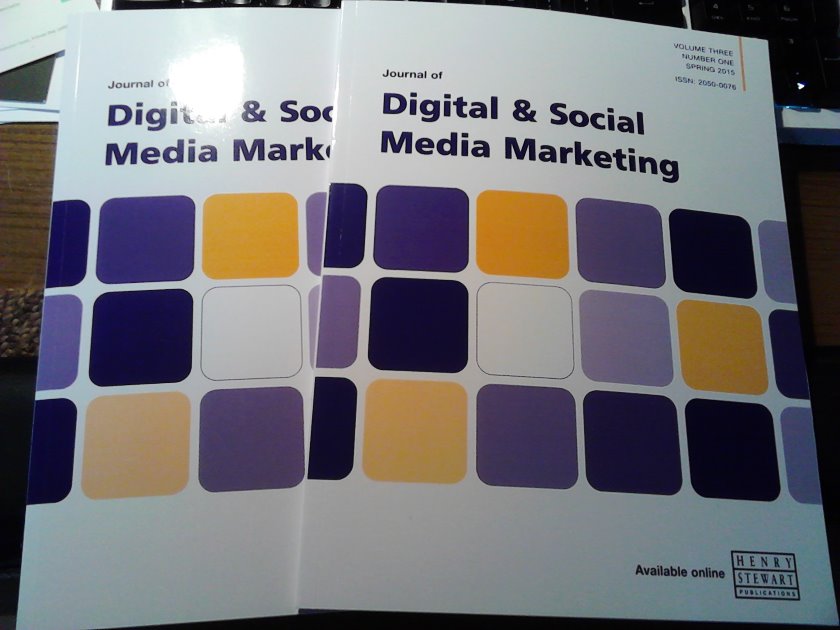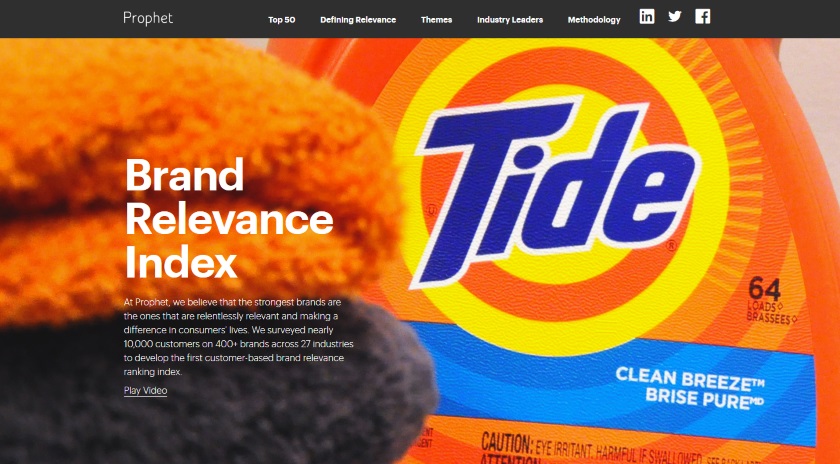 I remember when Michael Wolff was very bullish about the internet in the 1990s, so when he starts sounding warning bells, we had better take heed.
I remember when Michael Wolff was very bullish about the internet in the 1990s, so when he starts sounding warning bells, we had better take heed.
The way Michael paints Facebook—and a belief that its advertising model will eventually collapse for being so limited—is not unfamiliar to anyone who ever wondered, during the dot-com boom, just why those companies were worth that much.
If AltaVista, the world’s biggest website, could fall once someone (Google) figured out a better search model, then Facebook, with what Michael thinks is an ill-defined purpose, could suffer a similar fate.
Doc Searls picked out this bit from Michael’s article:
At the heart of the Internet business is one of the great business fallacies of our time: that the Web, with all its targeting abilities, can be a more efficient, and hence more profitable, advertising medium than traditional media. Facebook, with its 900 million users, valuation of around $100 billion, and the bulk of its business in traditional display advertising, is now at the heart of the heart of the fallacy.
The daily and stubborn reality for everybody building businesses on the strength of Web advertising is that the value of digital ads decreases every quarter, a consequence of their simultaneous ineffectiveness and efficiency. The nature of people’s behavior on the Web and of how they interact with advertising, as well as the character of those ads themselves and their inability to command real attention , has meant a marked decline in advertising’s impact.
Consequently, Facebook will face ever-decreasing advertising prices as it plateaus, and it will need to either reinvent itself or define itself more properly; or, possibly, even define itself more narrowly.
Doc makes some further points in his piece, saying that advertising that is so personal might actually be unwanted. And he’s right.
It all points to how brands need to engage, and that the shape of advertising, just as with branding, has changed markedly in the last 30 years. Whereas brands were top–down, they are now informed more by audiences, and strategies adjusted to match. Advertising is the same: personalization can’t work because it’s still a top–down process that disengages audiences. Facebookers have already taken exception to their own faces being used on advertisements within the social network, so personalization based on friends’ uptakes of a brand isn’t welcome by all, either, for the same reason: there was no engagement. An inhuman algorithm drove that, and one that didn’t necessarily have the consent of the parties involved. And even if advertising were still top–down, for people who advertise using the service, how many truly know what their target audiences are, to that professional degree?
Based on this, Facebook’s contribution to advertising is providing the platform for engagement, and letting advertisers discover who their target audiences are, to set the stage for greater understanding. It’s letting go of the idea of the hard sell, one that doesn’t really build brand equity anyway. Fan pages have been helpful, based on the ones I have run, but Facebook erred earlier this year by putting member comments into a box, whereas they should have equal prominence with official company updates. Minimizing the audience’s importance in favour of top–down pronouncements goes against the way branding and marketing have developed, and the way advertising is evolving.
If Facebook sees itself as a means of creating top–down marketing because of its sheer scale, then it is a step behind the game—and it’s a means to nowhere.







Jack,
A good example of smart advertising is BlogAds. Have you been in contact with Henry Copeland?
I haven’t, Martin, but thank you for the tip!